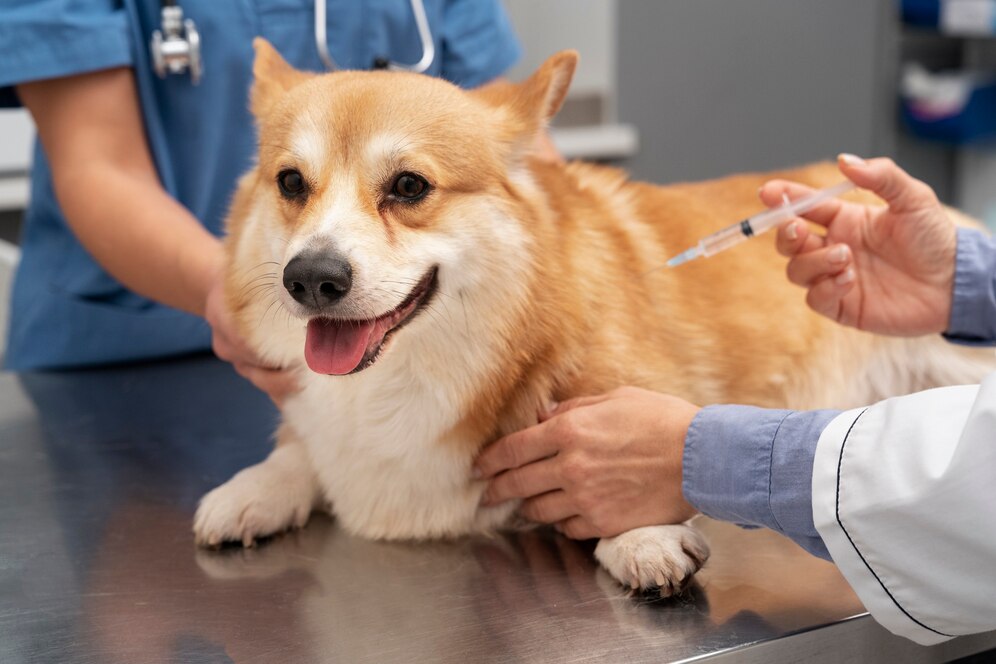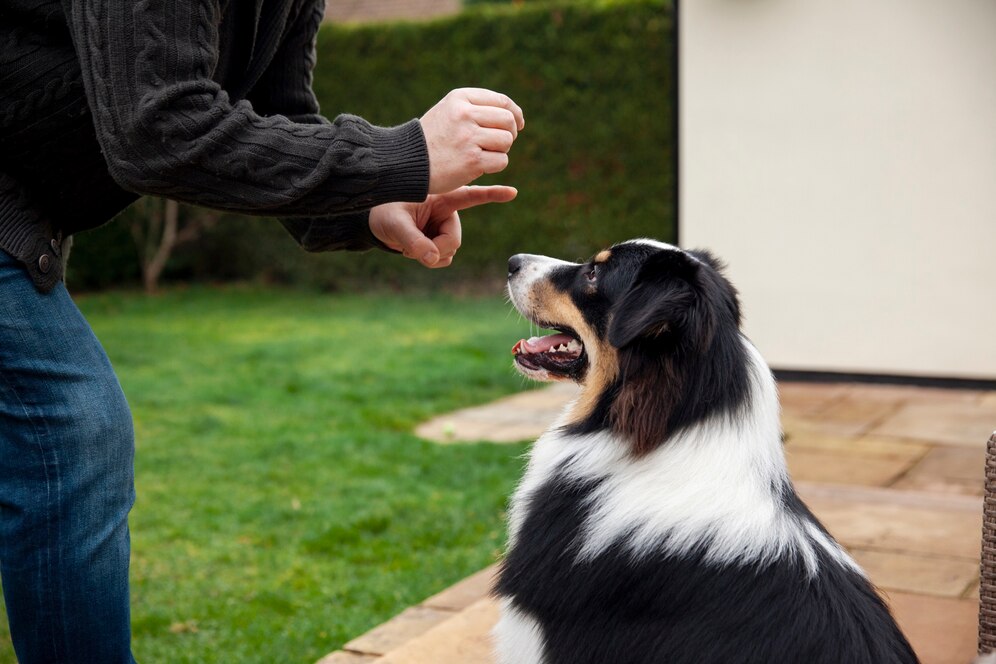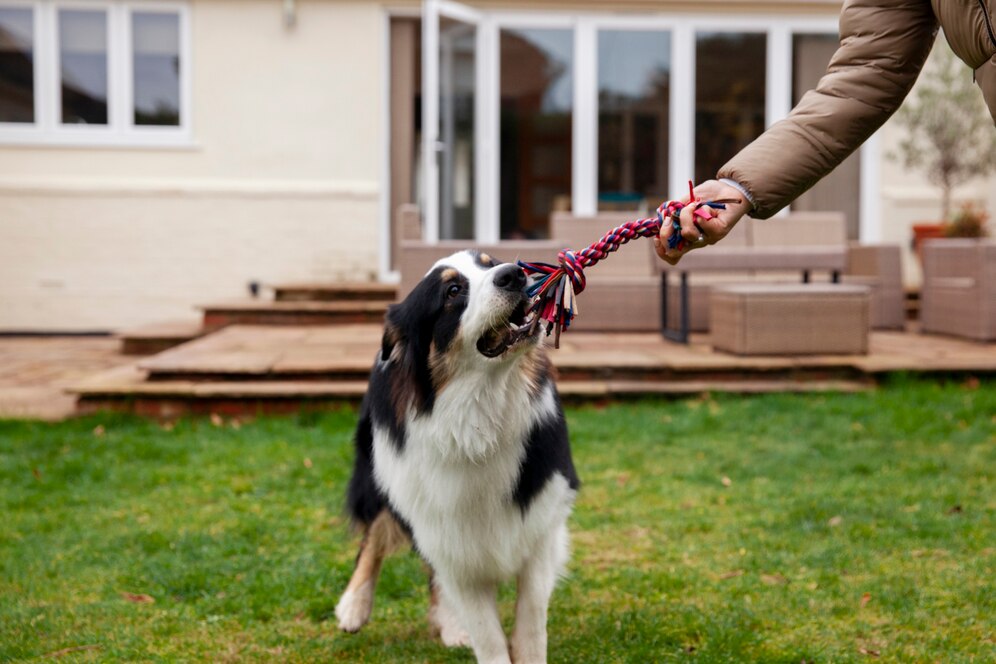In a world often dominated by top-down decisions and large-scale organizations, the power of grassroots movements shines as a beacon of hope and change. These movements, driven by ordinary individuals united by a shared vision, demonstrate that collective action can transform society. One poignant example of this is the "Justice for Leia" campaign. This powerful grassroots movement has captured the hearts of many and ignited a passionate call for Justice. Leia, a dog who faced unspeakable abuse and neglect, has become more than just a symbol of resilience and the enduring power of community efforts. She has become a part of our collective consciousness, a reminder of the injustices we must fight against. Through the lens of Leia's story, let us explore how grassroots initiatives can drive meaningful change.
Understanding Grassroots Movements
Grassroots movements are typically initiated and driven by the community at the local level. They are characterized by their bottom-up approach, where individuals and small groups come together to advocate for a common cause. Unlike top-down movements led by large organizations or government bodies, grassroots movements rely on ordinary people's passion, commitment, and participation. This decentralized structure not only leads to more inclusive and democratic decision-making processes but also makes every individual feel valued and integral to the movement.
The "Justice for Leia" Campaign
The "Justice for Leia" campaign is a poignant example of a grassroots movement that has garnered widespread attention and support. It is not just about seeking Justice for Leia, a dog who was tragically subjected to abuse and neglect. It is about raising awareness and highlighting the dark corners of animal cruelty that often go unnoticed. The campaign advocates for stronger laws and regulations to protect animals, but its true power lies in its ability to make us confront the harsh realities of our world.
The movement started with a small group of animal lovers and activists deeply moved by Leia's story. They organized rallies, created social media pages, and launched petitions to demand justice. The grassroots nature of the campaign allowed it to resonate with a broad audience, drawing support from individuals who might not have otherwise been involved in animal rights activism.
The Power of Community in Grassroots Movements
1. Amplifying Voices
One of the most significant strengths of grassroots movements is their ability to amplify the voices of those who might otherwise go unheard. In the case of "Justice for Leia," the campaign brought attention to the issue of animal cruelty, highlighting the need for systemic change. By sharing Leia's story through social media, local events, and news outlets, the movement reached a broad audience and generated a groundswell of support.
2. Building Solidarity
Grassroots movements foster a sense of Solidarity and community among participants. People who join these movements often feel a strong connection to the cause and each other. This sense of belonging can be incredibly motivating, driving individuals to take action and sustain their efforts over time. The "Justice for Leia" campaign united animal lovers, activists, and concerned citizens, creating a support network beyond geographical boundaries.
3. Mobilizing Resources
Grassroots movements have a unique ability to mobilize resources quickly and effectively. These resources can include time, money, skills, and networks. In the "Justice for Leia" campaign, every single contribution made a difference, no matter how small. Supporters donated funds to cover legal fees, volunteered their time to organize events, and used their skills in graphic design, social media management, and public speaking to advance the cause. This collective pooling of resources, this coming together of individuals, enabled the movement to achieve tangible results. It is a testament to the power of community-driven initiatives and the impact that every one of us can have.
4. Influencing Policy and Legislation
One of the ultimate goals of many grassroots movements is to influence policy and legislative change. By raising awareness and demonstrating public support, these movements can pressure lawmakers to take action. The 'Justice for Leia' campaign, a shining example of this, garnered attention from local authorities and legislators, prompting discussions about stricter animal welfare laws and better enforcement mechanisms. This tangible impact of the campaign on policy change highlights the potential of grassroots movements to effect systemic change through persistent advocacy and public engagement, instilling a sense of hope and optimism in the audience.
Join the Fight: Support the "Justice for Leia" Campaign Today!
The story of the "Justice for Leia" campaign illustrates the profound impact grassroots movements can have on society. These community-driven efforts harness the power of collective action, amplifying voices that might otherwise go unheard.
Grassroots movements empower individuals, demonstrating that they have the power to effect change and foster a sense of agency and participation. They also strengthen democratic principles by promoting inclusive and participatory decision-making processes. The "Justice for Leia" campaign exemplifies how a united community can bring significant and lasting improvements in policies, social norms, and community practices.
As we continue to face complex challenges, the "Justice for Leia" campaign serves as a potent reminder that the power of community and collective action is a force to be reckoned with. Together, we can drive meaningful change and create a more compassionate world.






.jpg)